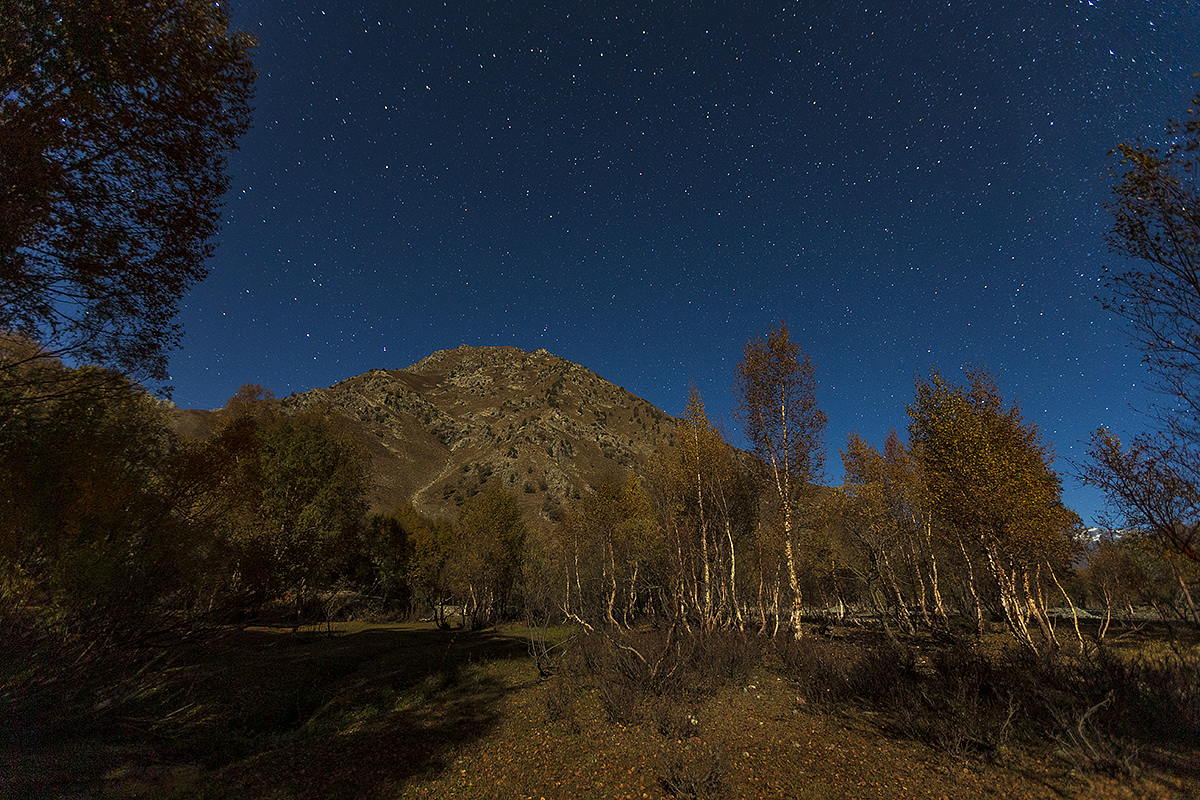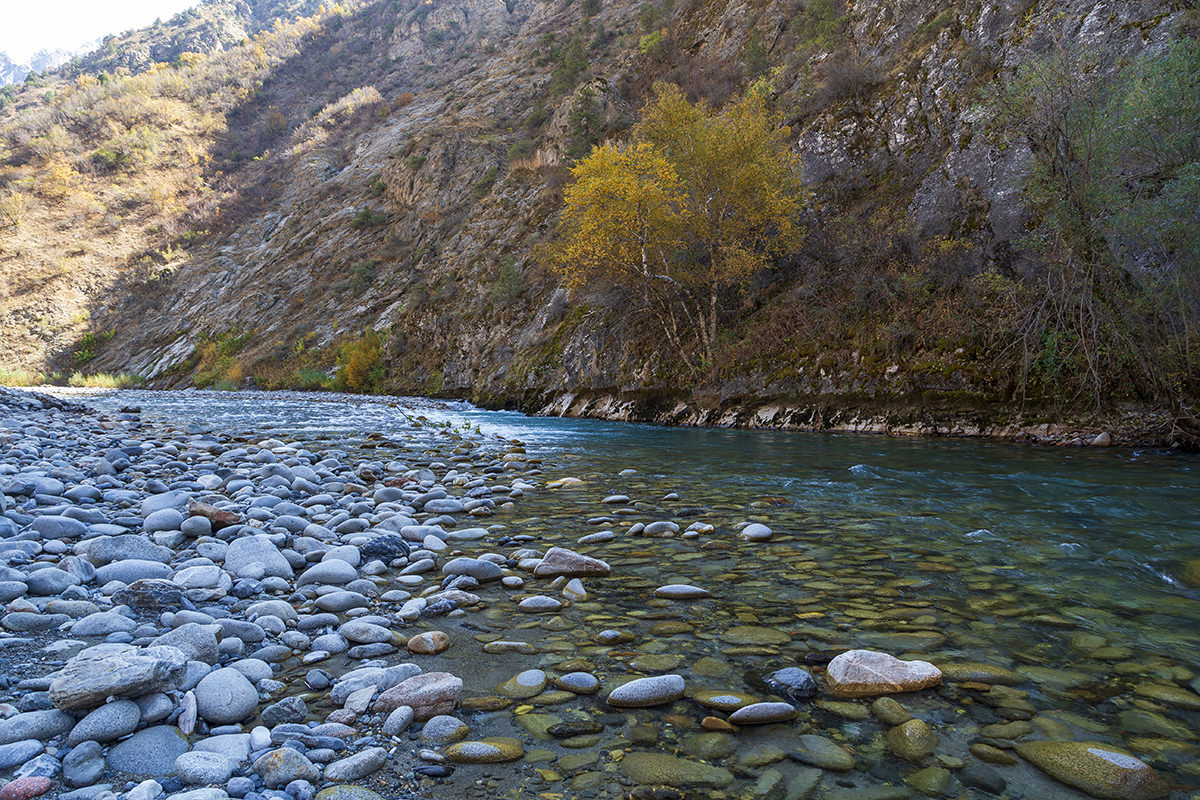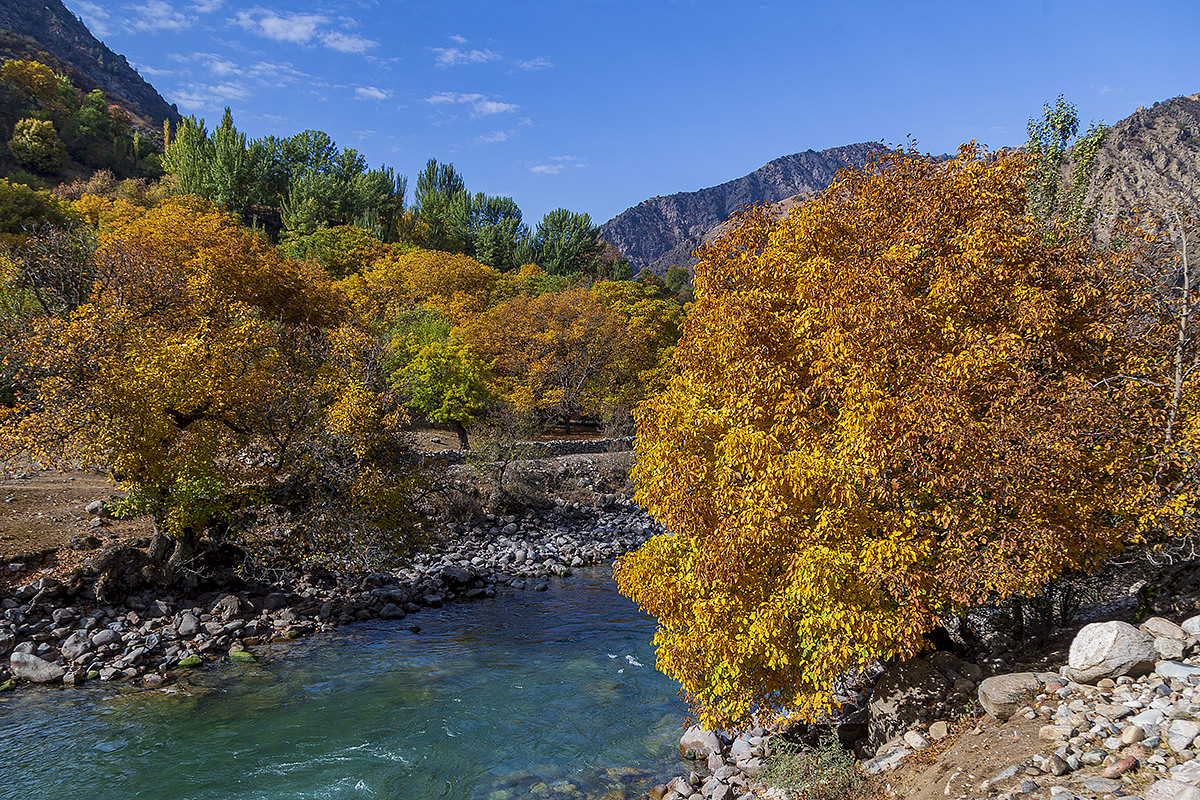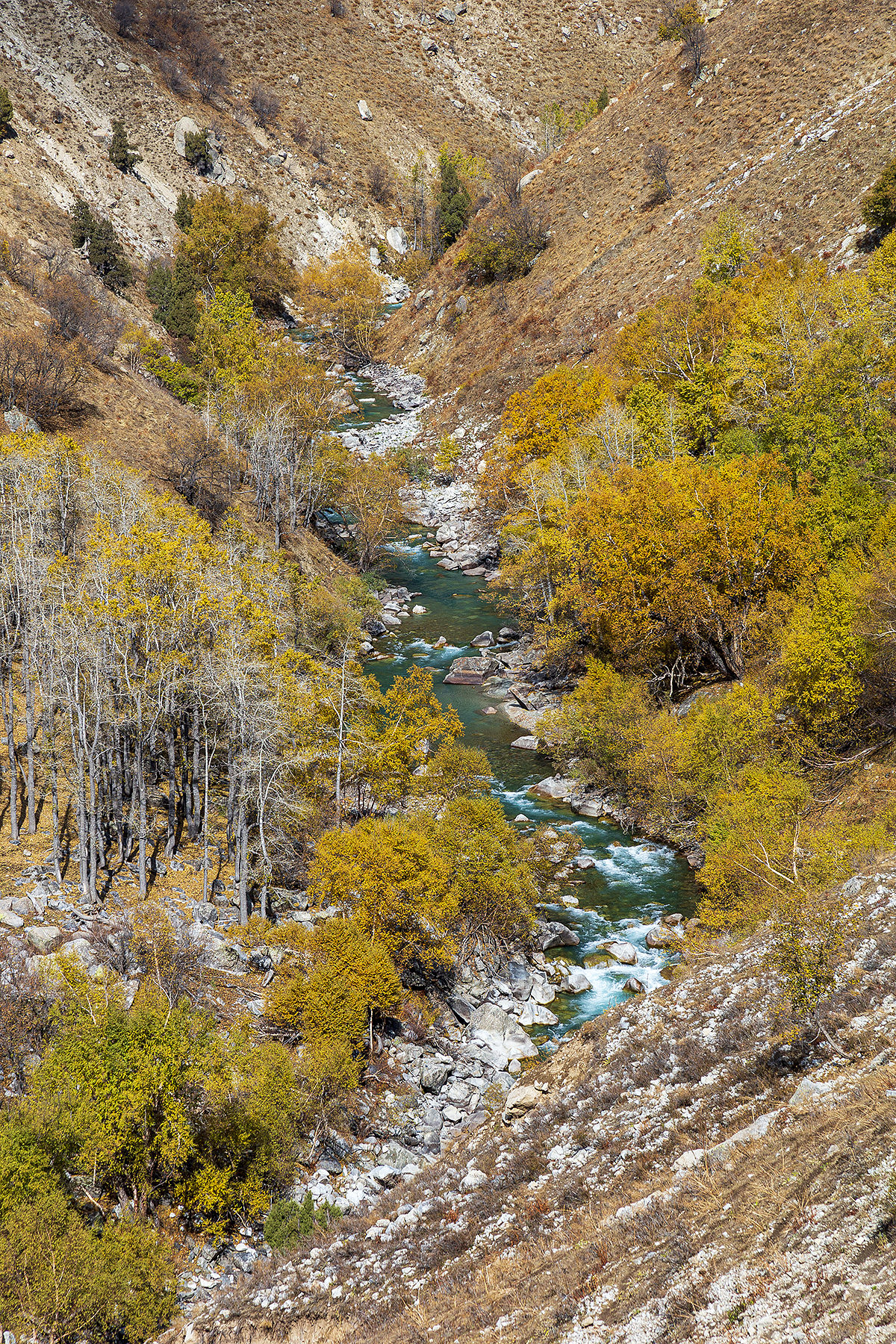This year marks a record expansion of UNESCO’s World Network of Biosphere Reserves. At the 5th World Congress of Biosphere Reserves, held in September 2025, UNESCO approved the creation of 26 new biosphere reserves across 21 countries — the largest addition to the network in the past 20 years. Among the countries where a UNESCO Biosphere Reserve was established for the first time is Tajikistan, with the designation of the Romit Biosphere Reserve.
Located on the southern slopes of the Gissar Range, the Romit Biosphere Reserve covers an area of 657.6 km². Its ecosystems span three elevation zones — mountain steppe, forest-steppe, and alpine areas. The reserve is home to 32 species of mammals, including the snow leopard (Panthera uncia), as well as other rare species listed in the Red Book of Tajikistan. This rich biodiversity makes Romit an important site for scientific research, environmental education, and the development of ecotourism.
The transition zone, covering 467.7 km², is home to about 12,000 people engaged in agriculture, livestock farming, and forest management. Local communities maintain traditional practices — such as crop cultivation, fruit tree farming, and the use of medicinal plants — while integrating new initiatives for ecotourism development and cultural heritage preservation.
The reserve hosts environmental workshops, school excursions, and scientific expeditions, managed in accordance with Tajikistan’s Law on Specially Protected Natural Areas. A Coordinating Council, which includes representatives of local authorities, communities, and NGOs, ensures participatory decision-making and a shared vision for conservation and sustainable development.
The designation of the Romit Biosphere Reserve represents a historic milestone for Tajikistan and a significant contribution to the growth of UNESCO’s World Network of Biosphere Reserves in Central Asia — promoting the conservation of natural heritage and the advancement of sustainable development in the region.

 Go Back
Go Back



